Brain and Marashene Lewis – Glen Gyle
A Greater Double-Collared Sunbird (male) at our feeder
Barend and Helen Booysen – Kilgobbin Cottage
This magnificent orchid was spotted in the grassland recently. There are 52 genera of orchid in South Africa – some of which grow in trees, but mostly they are found in grasslands. Pterygodium magnum is the largest terrestrial orchid in South Africa. Most of the 18 local species occur in the Western Cape, with four in KZN. It is usually found in damp grassland, often growing amongst Leucosidea sericea (ouhout). The narrow, lance shaped leaves (bracts) are borne along the stem, which can be up to 1,5m tall. The inflorescence is made up of densely packed greenish-yellow flowers with purplish-red veins and dots. Info source: http://www.dargleconservancy.org.za/wildflowerarchive/wfa022012.php
Also in flower – Brunsvigia natalensis. See more about this orchid at: http://www.dargleconservancy.org.za/wildflowerarchive/wfa01a2013.php
Below are also some of the first images captured on one of the Trail Cameras which the Dargle Conservancy purchased last year . The camera was placed in the forest. Most exciting was the Blue Duiker, with her baby.
(Philantomba monticola) is a small, forest-dwelling duiker found in Central Africa and southern South Africa. Blue duikers stand around 35 cm tall at the shoulder and weigh 4 kg. They are the smallest of the antelope family. The blue duiker has a brown coat with a slight blue tinge – hence the name – and a white underside. A glandular slit occurs beneath both eyes, with a very slight crest between the ears. Source: Wikipedia
Caracal (Caracal caracal) is a wild cat that is widely distributed across Africa, central Asia and southwest Asia into India. The word caracal is derived from the Turkish words kara kulak, which means “black ear”. Source: Wikipedia
Bushbuck is the most widespread antelope in Sub-Saharan Africa, and is found in rain forests, montane forests, forest-savanna mosaics and bush savanna forest and woodland. Source: Wikipedia
The Bushpig (Potamochoerus larvatus) is a member of the pig family and lives in forests, woodland, riverine vegetation and reedbeds in East and Southern Africa. Bushpigs can be very aggressive, especially when they have young. They are omnivorous and their diet could include roots, crops or carrion, as well as newborn lambs. Source: Wikipedia
Porcupines are rodents with a coat of sharp spines, or quills, that defend them from predators. They are indigenous to the Americas, Southern Asia, Europe, and Africa. Porcupines are the third largest of the rodents, behind the capybara and the beaver. It eats leaves, herbs, twigs and green plants like clover and in the winter it may eat bark. Source: Wikipedia
Justin Herd – Bee Tree Farm
We have released this snail at St Andrews Church on Tuesday 28th. There is a huge infestation of the “bad” non-indigenous snails (Helix apsera) in the Agapanthus next to church entrance. I have been breeding the indigenous carnivorous snail – Natalina cafra.
We had an infestation of the bad snails, on Beetree some years ago and the Natalina ate all of them and we have none left to feed the two youngsters that I have got left – so have pinched a few of the bad ones, from St Andrews. The snail we released is an adult and large (shell diameter 5cm) – it had just finished a meal of a Helix. It looks different from the bad snails so please warn gardeners that the snail will be roaming and gobbling up your bad ones!
Dieter Setz – Wakeford Farm
Found “this” in the grass. Looked quite disgusting. Never seen these bright orange creatures before. They look like ticks but I am sure they are not. Anybody out there who knows what these are? Ed’s note: A wonderful bright red, often seen on dead Songololos. Some sort of mite? Did you see how many legs they had?
These grasshoppers are reaching maturity towards the end of January.
Fiscal Shrike’s Larder
Frogs and other aquatics are having a ball. Common River frog and Guttural Toad
The powder puffs (Cyanotis speciosa) are in full bloom in 2 different colours.
Wyndham and Gilly Robartes – Wana Farm
We saw the most amazing thing: a Diedricks Cuckoo feeding its chick! It
was around for a couple of days, hopping around mostly on the rocks. I’m afraid
we couldn’t take any pics!
Nikki Brighton – Old Kilgobbin Farm
My sightings this month are all centred around the dam and forest where many hot summer hours have been spent. A Spurwinged Goose casually landed beside me while I was swimming in the dam and swallows constantly dive and dip into the water. The pair of Egyptian Geese (who get very grumpy having to share the dam with me) is back, as are a couple of dabchicks (I watched one bashing a small fish on the surface of the water for ages before swallowing it), African Black Ducks (I think) and cormorants. A Wagtail has built a nest in the raft and is raising chicks. She is quite brave, landing on the opposite corner of the raft even while my dog and I are sitting there!
I’ve seen a fish eagle a few times and a guest on Old Kilgobbin saw a Crested Eagle near the dam. There is evidence of water mongoose in the crab shells left on the on the banks where many beautifully coloured dragonflies flit amongst the Juncus and sedges.
Extra special moments have been the thousands of brown veined white butterflies fluttering by on their way East and the full moon rising above the forest on a gorgeous summer evening. There is a lot of misinformation floating around about the butterflies – read the real story here: https://midlandsconservanciesforum.wordpress.com/2014/01/17/white-butterfly-migration/
Hundreds of swallows swirl above the forest edge in the early evenings and mornings, and on 27 January I observed them gathering in numbers (at least 200) on the electricity lines. Winter is on it’s way. After the sun sets, the bats come out. I have heard Wood Owls and a Burchell’s Coucal, seen a pair of Brown hooded Kingfishers often and found a dead Buff Spotted Flufftail outside of my window.
Although the grasslands must be full of flowers, these are blooming in the shade of the forest now. Impatiens hochtettiii
Crocosmia aurea
Plectranthus
Monopsis stellaroides
Disperis fanniniae
Chlorophytum comosum
Robin and Tinks Fowler – Corrie Lynn Farm
This past month we have watched Cape Robins nest and raise three chicks in the ‘Tikkie Creeper’ on the side of our house, followed by a pair of Bulbuls producing two offspring in the Wisteria hanging from the eaves and then we are still watching a couple of Paradise Flycatchers feeding up another three chicks in a tree at the edge of the garden. The amazing thing to see is how these fast growing little birds manage to fit into some rather small nests, we would be busy adding on another room or two!
Our swallows have been busy building and now seem to be sitting. They’re too high up and close to the roof for us to see what’s going on inside. In the past, some of the chicks have literally fried to death under the corrugated iron, so we have constructed a “gazebo” on top of the tin to make it a bit cooler!
They seem to be a bit later than usual this year – perhaps they know something about the weather that we haven’t yet figured out?
Ashley Crookes – Copperleigh Farm
Found this spoor whilst setting up the Trail Camera, anyone know what it is as I ran out of time to try identify it…possibly Porcupine? Ed’s note: what about water mongoose? How big was it?
Blue Agapanthus (probably A. campanulatus) flowering in the hills.
Pat and Sandra Merrick – Albury Farm
Have had wonderful sightings for the month. For the 1st 2 weeks a giant kingfisher arrived almost daily alerting us to his presence with loud screeching noises. Pat saw him catch a frog and bash it to death on a tree branch. We found a heap of crab shells and scat on our wooden swing, which was his favourite perch.
While out in the field Pat heard a meowing noise and investigated to find a baby spotted genet about a month old. (eyes open) He surprised the baby blue crane and parents one day (youngster about 3 wks old) so they got in dam and swam to island.
14th Jan – the blue crane came to eat from the voermol block.
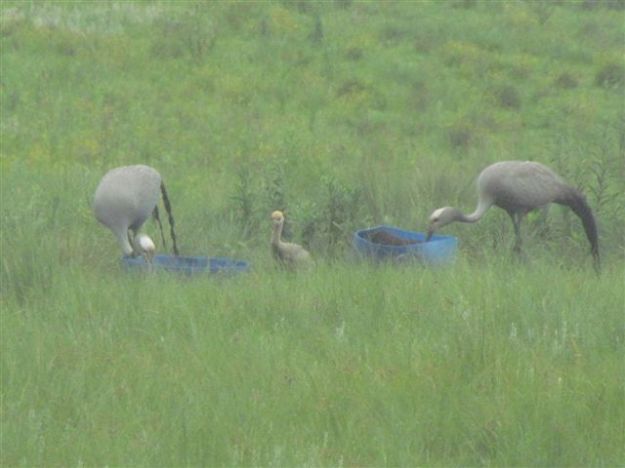 Shortly afterwards, they walked down hill to other side where there is an underground stream with sink holes along its course. Pat and I saw at once that there was a problem. The adults were peering in the long grass walking around not knowing what to do. We realized that the youngster had fallen down one of these sink holes. Pat in the meantime ran around the house trying to find his trout net. I told him to leave it and just get down there asap. He must have been making a noise because the Nguni herd were alerted and came running up the hill to see what all the fuss was about. The parents valiantly tried to ward them off with their wings running bravely forwards and backwards to try and keep the herd away.
Shortly afterwards, they walked down hill to other side where there is an underground stream with sink holes along its course. Pat and I saw at once that there was a problem. The adults were peering in the long grass walking around not knowing what to do. We realized that the youngster had fallen down one of these sink holes. Pat in the meantime ran around the house trying to find his trout net. I told him to leave it and just get down there asap. He must have been making a noise because the Nguni herd were alerted and came running up the hill to see what all the fuss was about. The parents valiantly tried to ward them off with their wings running bravely forwards and backwards to try and keep the herd away.
Pat got to sinkhole and gently lifted out baby crane. I could not take photo as thought he had drowned but then Pat placed him on the ground and he took off like a bullet. Straight past his startled parents who then proceeded to chase him up the hill. They ran so fast I could not get a photo. What a relief that we happened to see this drama and save this precious baby.
15th Jan – thousands of brown veined white butterflies on their migration route from north west to south east through the garden all day.
17th Jan – Pat saw fish eagle at dam from 5.30am dive bombing the 3 yellowbill ducklings on the dam. He kept missing as they ducked under the water. At about 7am I saw him sitting on edge of dam checking out his options for a meal. The plovers were hovering and screeching at him.
Then he took off towards the ducks and landed on top of the ducklings splashing about frantically. (I lost him at this point) The parents were trying desperately to fend him off but with no luck. He flew off with a duckling clutched in his talons with mom looking on, distraught. He took his meal to the pine tree where I photographed him last month harassing the hadedas.
21st – gymnogene on dead tree – dogs chased him away.
25th – I was alerted to a hammerkop flying round the garden with loud noises. (I thought it was the giant kingfisher) He landed on the swing (favourite perch) and I got a lovely colourful picture of him and the yellow cannas and evening primrose flowers.
Have also seen a number of reed buck grazing down at the dam in the evenings. Pat found 2 reed buck carcasses today (31st) around the dam – looks like the jackal numbers are growing!
Dam sitings – 6 spoonbill, a pair of shell duck, saw the hammerkop running along edge of dam this morning. Plovers, yellow billed duck, cormorant, spurwing, Egyptian geese, one pair with a gosling. A pair of crested (crowned) crane every few days.
One night I nearly stood on a 1 metre long red lipped herald (snake) on our enclosed verandah. It was cold and drizzling (I thought snakes only looked for a meal during the day and when it was hot!!) He was obviously chasing after the frogs. Pat very kindly took him and placed him down the hill. I will admit that I am terrified of snakes.
Flowers have been wonderful. Sophubia cana
and Satyrium (possibly cristatum)
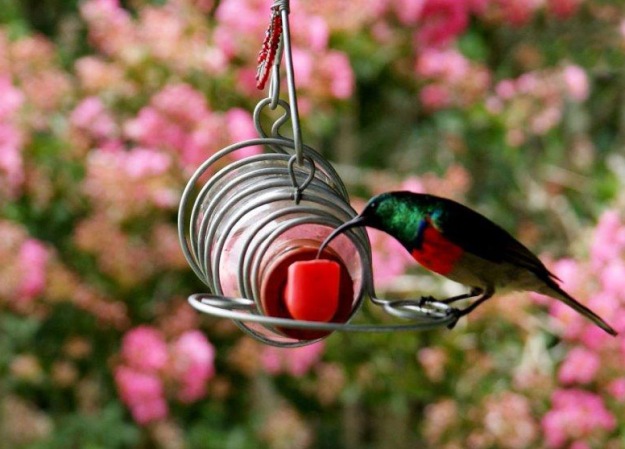
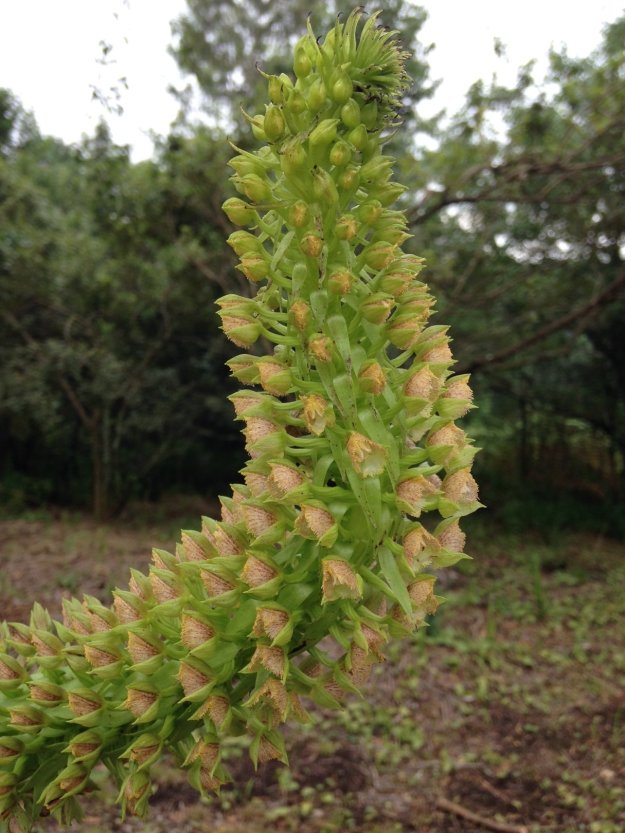
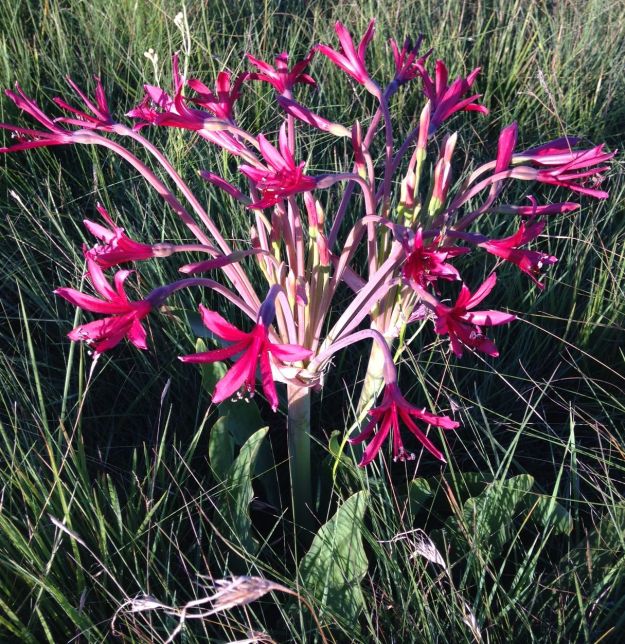
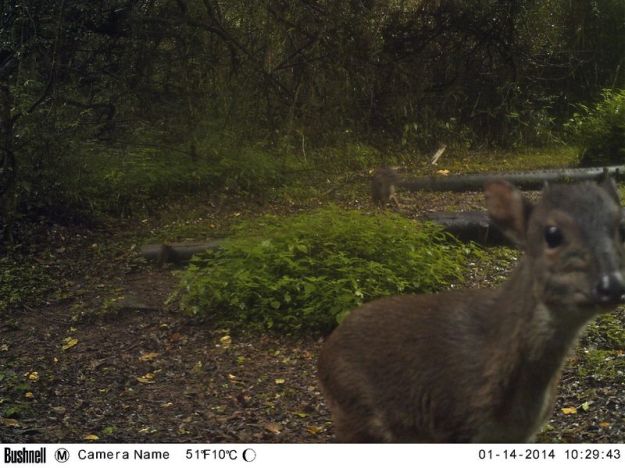
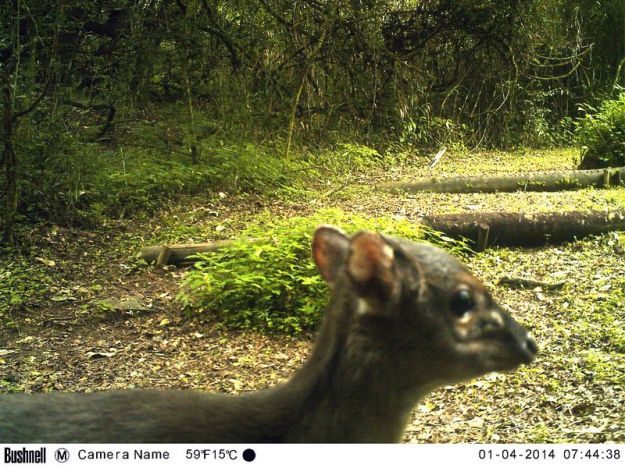
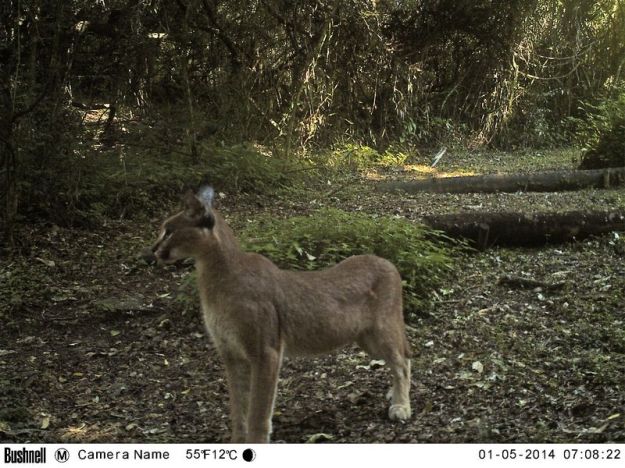
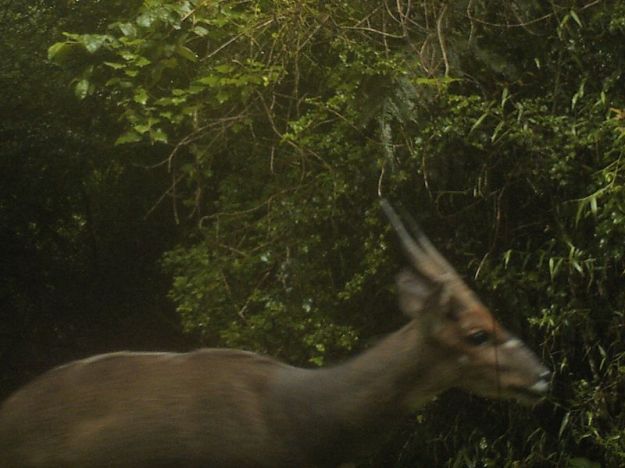
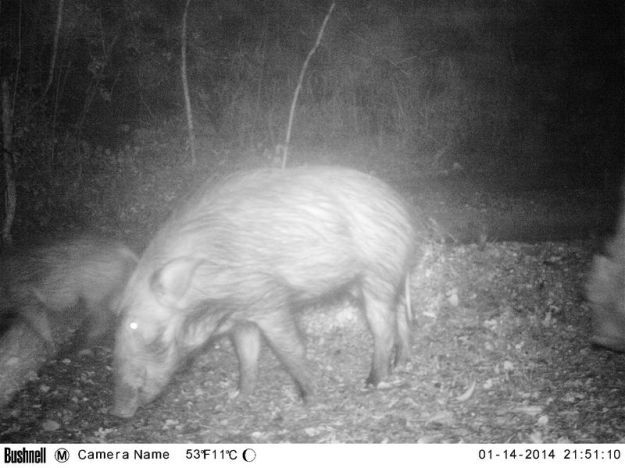
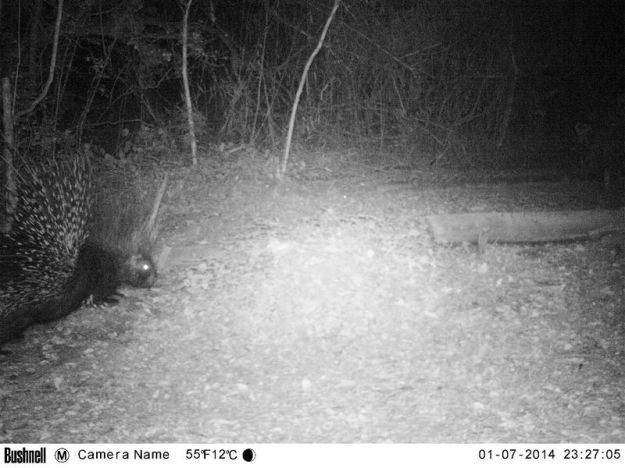
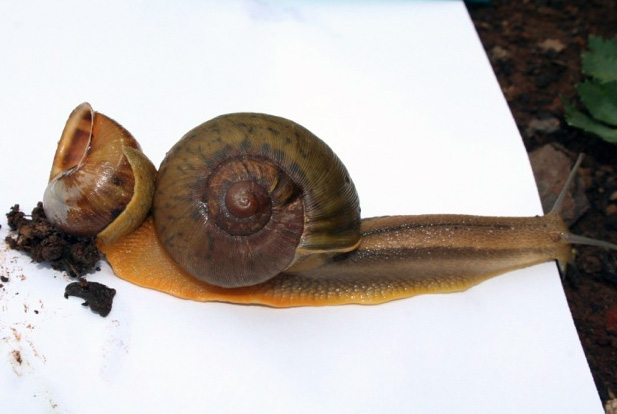
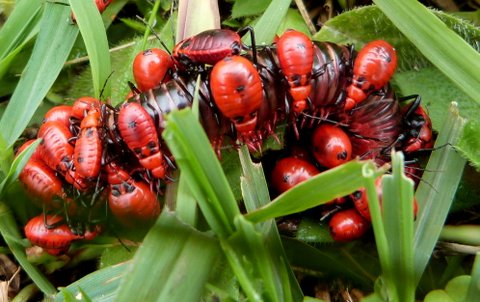

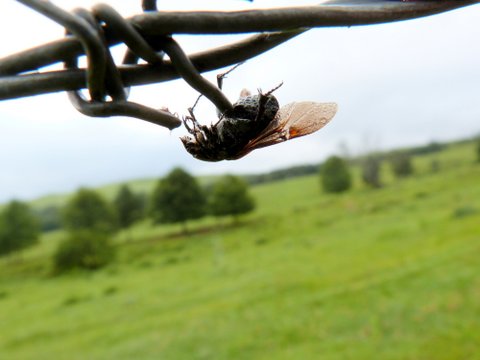

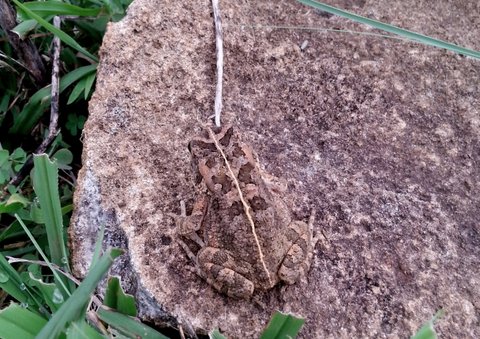

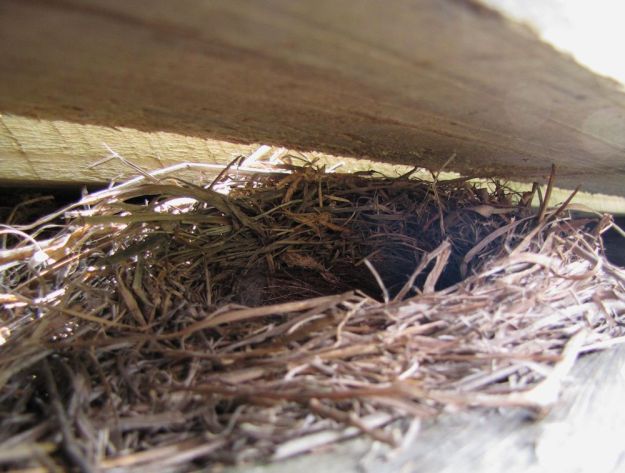
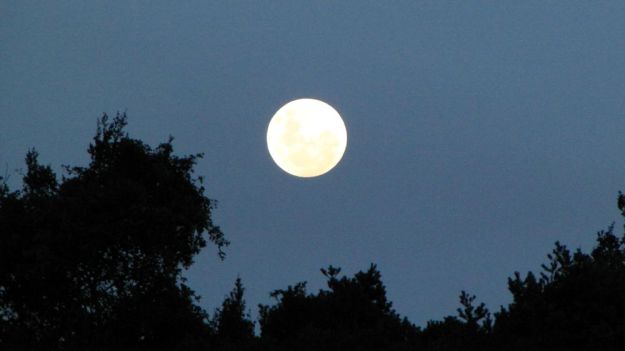
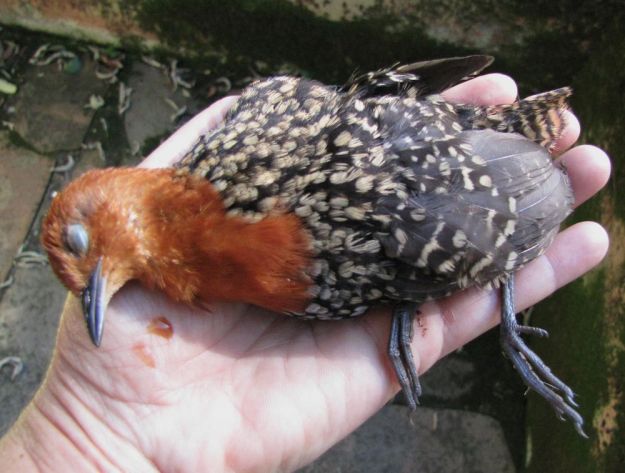
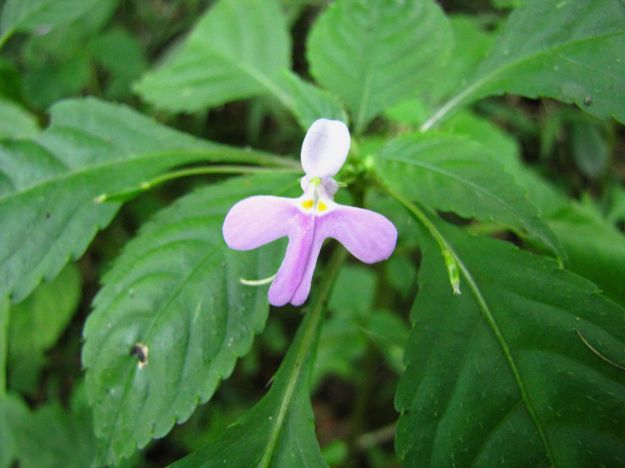
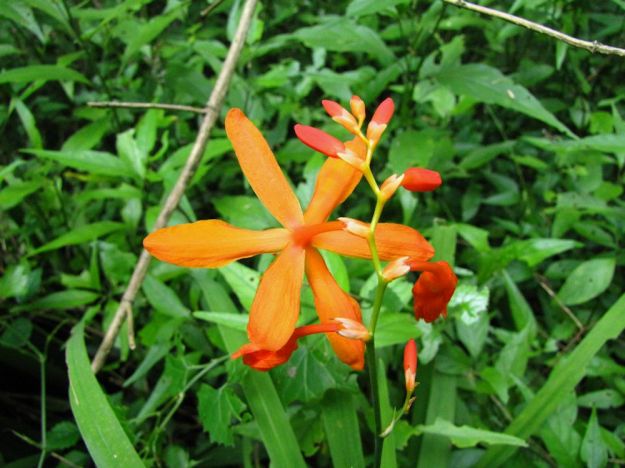
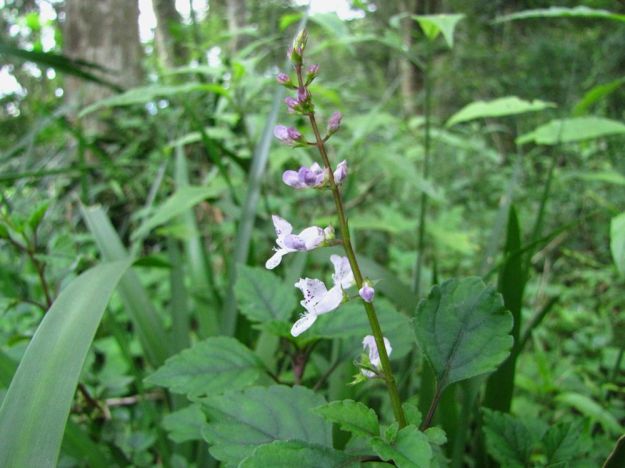
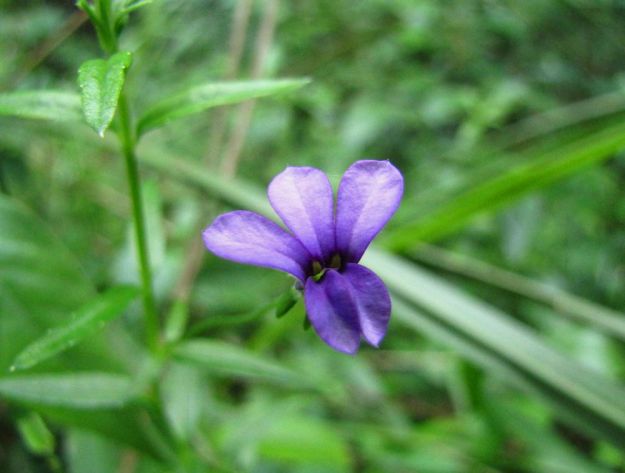
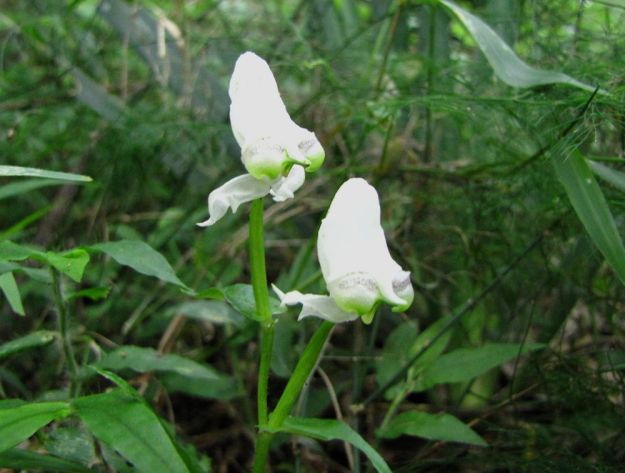
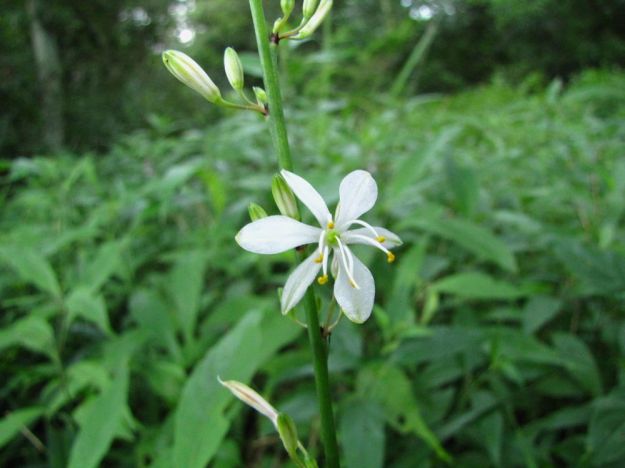
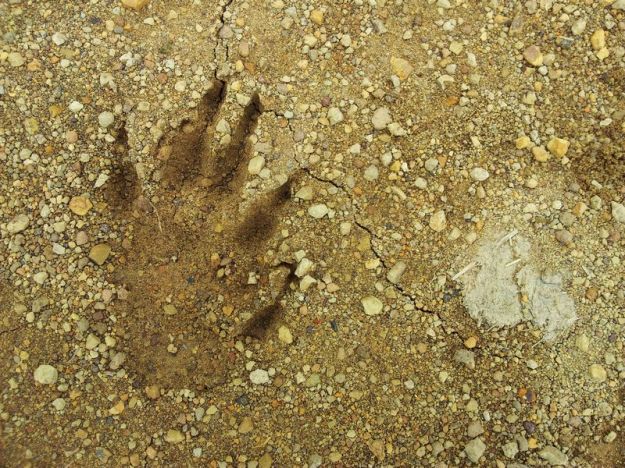
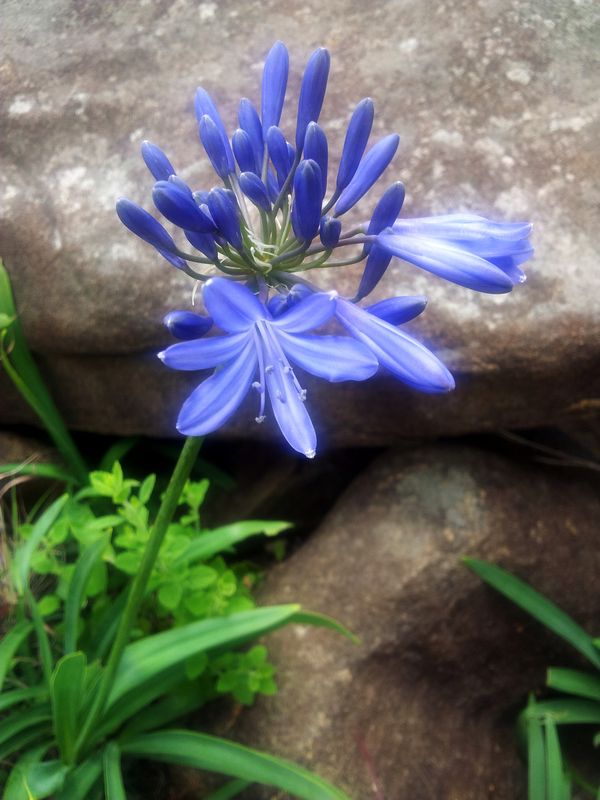
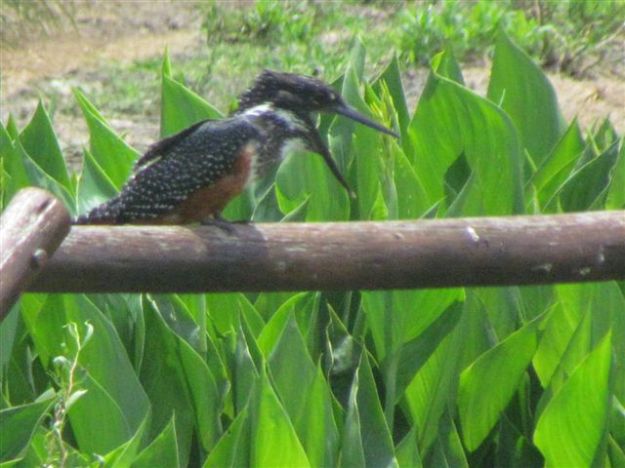
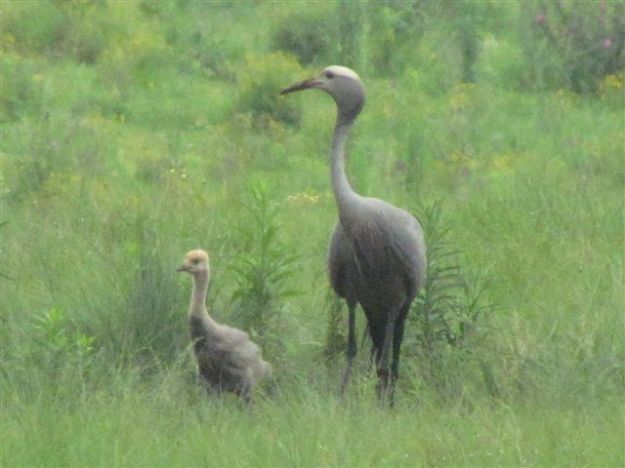
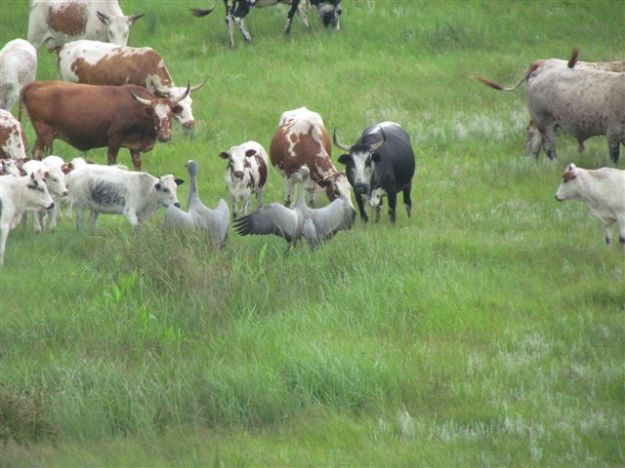
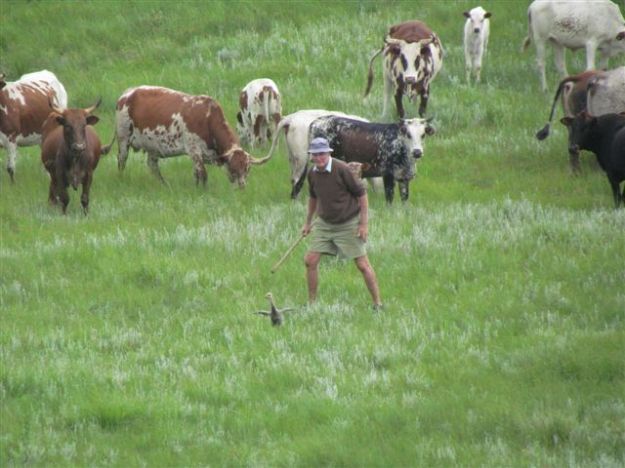
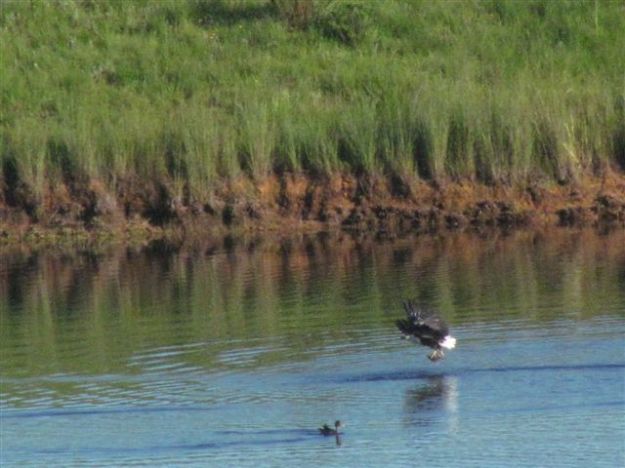
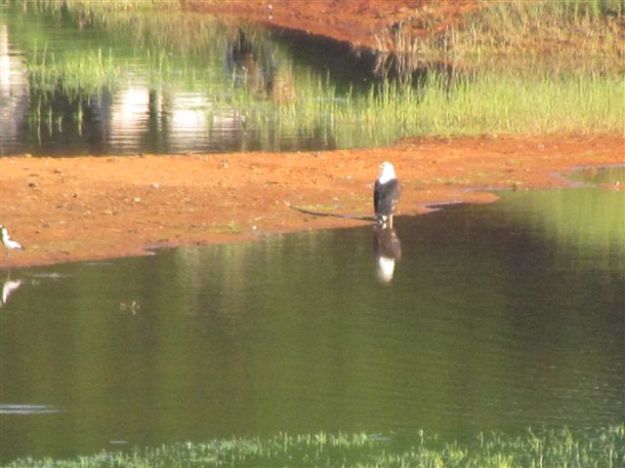
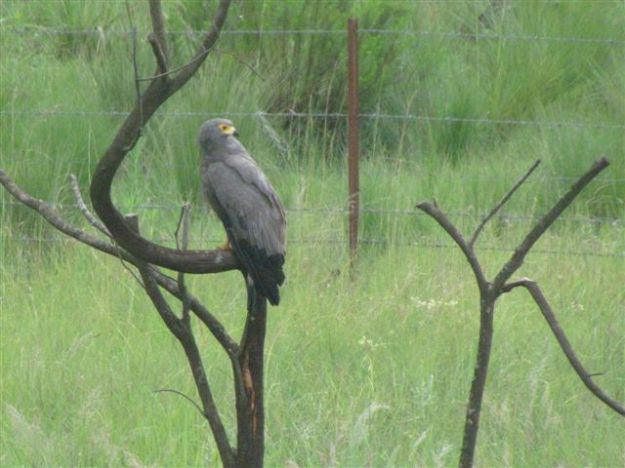
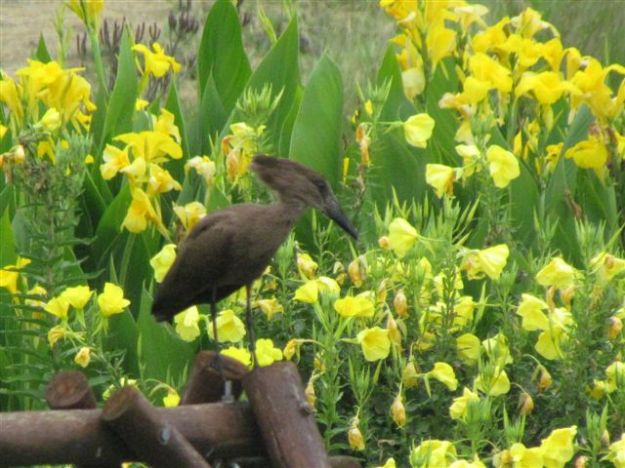
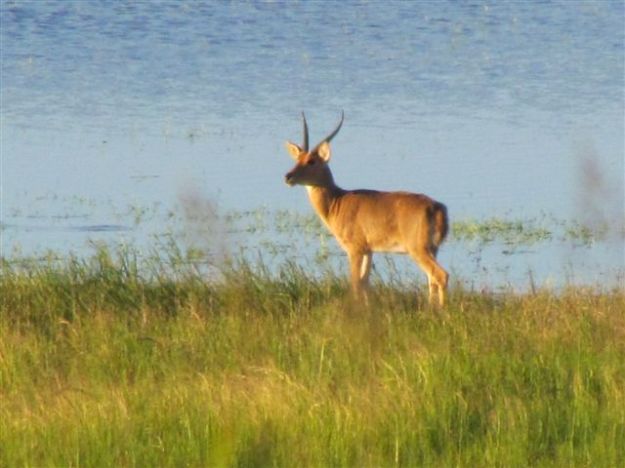
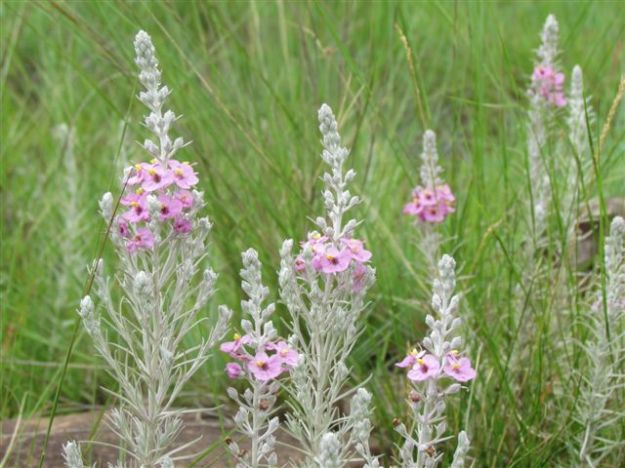
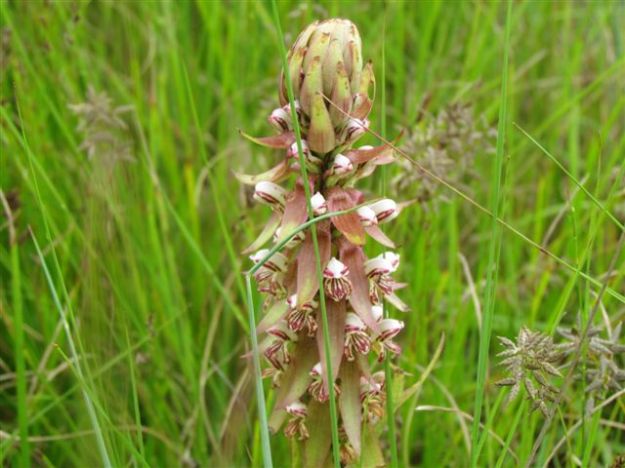
Lovely story about saving the blue crane chick. Well done! Flower photos are great. Thanks
LikeLike
Fabulous collection of nature based stories – do we have a modern day, South African, Beatrix Potter out there in the Midlands? Loved your dainty flower photos Nikki;-)
LikeLike
Wonderful sightings and photography as ever. The camera which caught those pictures of a Blue Duiker with young, and followed immediately after by a Caracal, cause the controversy of the introduction of the Lynx (Caracal) in 1968 from the Cape, to surface once again, for me at least. In his book “Giant’s Castle”. Bill Barnes writes that these few imports to the Natal Midlands and Drakensberg grew apace so that “the lynx moved further down into the forests of the midlands – Balgowan, Dargle and Karkloof – and began to prey on the Blue Duiker……… once a common little buck, but is now greatly reduced in numbers” – page 180.
LikeLike